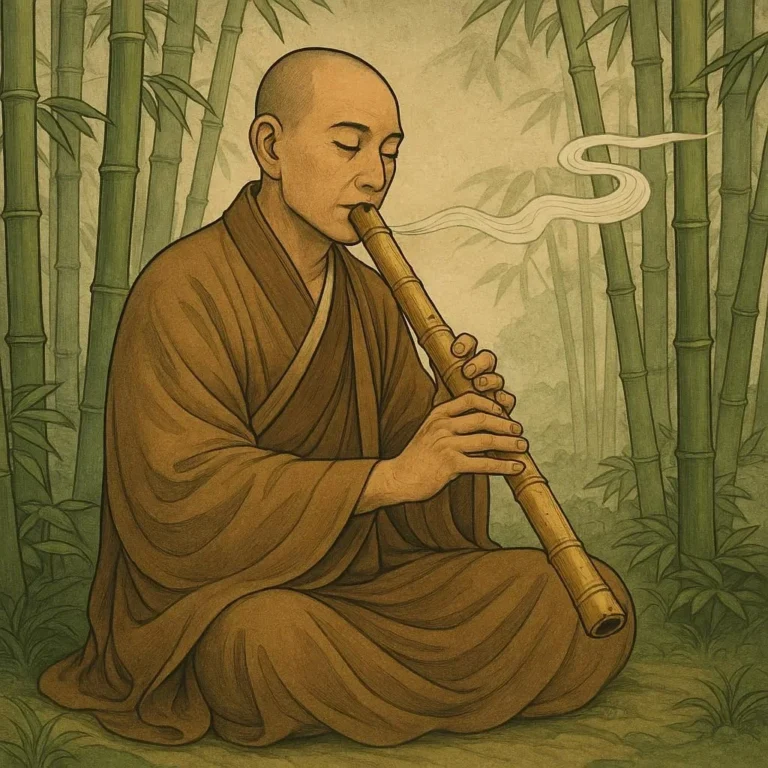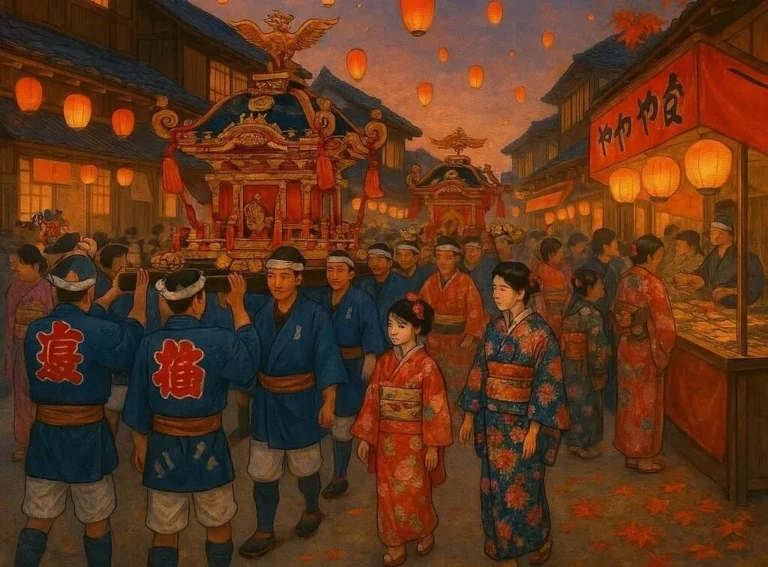504 views The Art and Craft of Kimono Making
Unveiling the Timeless Beauty of Kimono Craftsmanship
The kimono, a garment steeped in history and cultural significance, is more than just a piece of clothing. It is a masterpiece of art, craftsmanship, and tradition. Kimono making is an intricate process that reflects Japan’s deep-rooted cultural heritage, blending centuries-old techniques with contemporary innovations. In this blog post, we will delve into the fascinating world of kimono creation, exploring its history, materials, design elements, and the artisans who keep this tradition alive.
The History of Kimono Making
The origins of the kimono date back to the Heian period (794-1185 CE), when Japanese clothing began to take on a distinct form influenced by Chinese and Korean styles. Over the centuries, the kimono evolved, becoming a central element of Japanese attire. By the Edo period (1603-1868), the kimono had reached new heights of artistry, with intricate designs and luxurious fabrics becoming status symbols for the wealthy.
The word ‘kimono’ itself is derived from the Japanese words ‘ki’ (wear) and ‘mono’ (thing), meaning ‘thing to wear.’ Traditionally, kimonos were made from silk and featured elaborate patterns inspired by nature, mythology, and literature. The art of kimono making was not only about creating clothing but also about telling stories and conveying social status.
The Crafting Process: From Design to Completion
Creating a kimono is a labor-intensive process that requires immense skill, patience, and attention to detail. The journey from concept to completion involves several stages, each requiring a deep understanding of traditional techniques and materials.
Choosing the Fabric
The foundation of any kimono is the fabric. The most common material used is silk, prized for its softness, durability, and ability to hold vibrant dyes. There are several types of silk fabrics used in kimono making, including:
- Chirimen: A crepe-textured silk fabric often used for informal kimonos.
- Habotai: A lightweight, smooth silk fabric ideal for summer kimonos.
- Rinzu: A figured silk fabric with intricate patterns woven into the material.
In addition to silk, modern kimono makers sometimes experiment with other materials, such as cotton and synthetic blends, to create more affordable and versatile garments.
Designing the Pattern
The design of a kimono is where the true artistry comes into play. Patterns are carefully conceived to reflect the season, the wearer’s age, and the occasion. Traditional designs often incorporate natural motifs such as cherry blossoms, chrysanthemums, and waves, as well as mythical creatures like dragons and phoenixes. These motifs carry deep symbolic meanings and are used to convey messages about good fortune, longevity, and prosperity.
Dyeing and Printing
Once the fabric is chosen, the next step is dyeing and printing the design. There are several techniques used to achieve the desired patterns, including:
- Yūzen: A resist-dyeing technique that involves sketching the design onto the fabric with a rice-paste resist before dyeing.
- Shibori: A tie-dye technique where sections of the fabric are tied before dyeing to create unique patterns.
- Kataezome: A stencil-dyeing technique used to produce intricate, detailed designs.
Each technique requires precision and a steady hand, as even the slightest mistake can ruin the entire fabric.
Sewing the Kimono
After the fabric is dyed and printed, the kimono is cut and sewn together. This process involves careful measurement and precise stitching to ensure the garment fits perfectly and hangs fluidly. Traditional kimonos are sewn by hand, with each seam reinforced to ensure durability. The sleeves, in particular, are a challenge, as they require a specific shape and length to achieve the desired aesthetic.
Embellishments and Final Touches
The final step in kimono making is adding any embellishments, such as embroidery, appliqué, or gold and silver thread. These details can elevate the kimono from a simple garment to a work of art. For special occasions, kimonos may also be adorned with ornate obi (sashes) and other accessories to complete the look.
The Cultural Significance of Kimono
The kimono is more than just a piece of clothing; it is a cultural icon that plays a significant role in Japanese identity. Kimonos are often worn during traditional ceremonies, such as weddings, tea ceremonies, and New Year’s celebrations, where they serve as a connection to Japan’s rich heritage.
Kimono in Modern Times
While the kimono is deeply rooted in tradition, it has also found a place in modern fashion. Designers are reimagining the kimono by incorporating bold colors, contemporary patterns, and innovative fabrics. This fusion of old and new has made the kimono appealing to a younger generation and has helped to keep the craft alive.
Preserving the Art of Kimono Making
Despite its enduring popularity, the art of kimono making faces challenges in the modern era. With the rise of fast fashion and changing societal norms, fewer young people are entering the field of kimono craftsmanship. To combat this, organizations and individuals are working tirelessly to preserve and promote the art form.
One such organization is the Wikipedia page on Kimono, which provides extensive information on the history and cultural significance of kimonos. Additionally, efforts to educate the public about the craftsmanship and artistry involved in kimono making are helping to foster a new appreciation for this traditional garment.
Conclusion: The Enduring Appeal of Kimono
The art and craft of kimono making are a testament to Japan’s rich cultural heritage. From the careful selection of fabrics to the intricate design and sewing processes, each kimono is a labor of love that reflects the skill and dedication of its creator. Whether worn for a special occasion or displayed as a work of art, the kimono continues to captivate people around the world with its timeless beauty and deep cultural significance.
If you are inspired by the art of kimono making, consider supporting artisans by purchasing traditional kimonos or attending exhibitions and workshops. By doing so, you help ensure that this ancient craft continues to thrive for generations to come.
Explore more about the history and craftsmanship of kimonos on the Japanese Textiles website, which offers a wealth of information on traditional Japanese fabrics and techniques.
Let us know in the comments below how you feel about the art of kimono making and its place in modern fashion. Don’t forget to share this post with fellow fashion enthusiasts and cultural learners!






